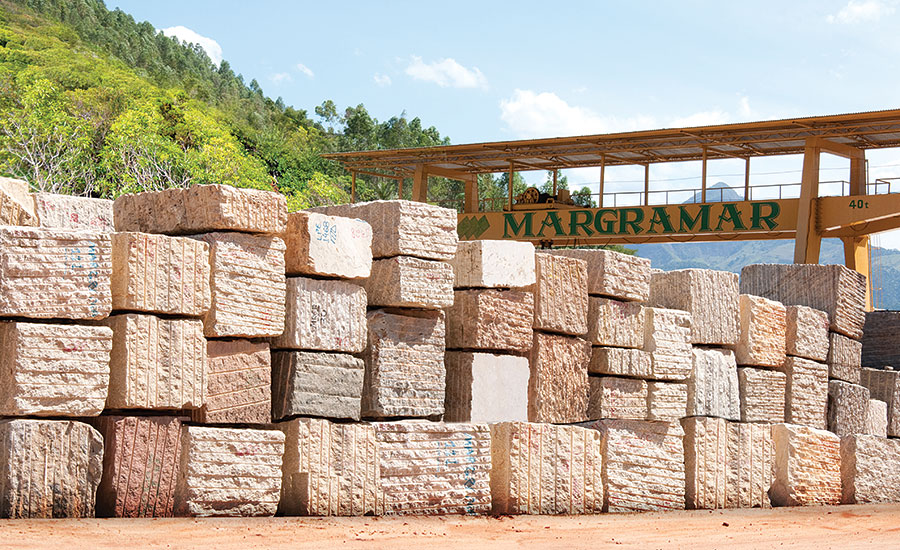Travelling With Granite Quarries in South Africa: A Visual Odyssey
Travelling With Granite Quarries in South Africa: A Visual Odyssey
Blog Article
Unearthing the Rich History and Sustainable Practices of Granite Quarrying
As we stand on the precipice of revealing the intricate tapestry of granite quarrying, a trip with time discloses not simply the physical act of extracting stone but additionally the cultural and historical value woven into the extremely fabric of this method. From the old beginnings that laid the foundation for contemporary quarrying strategies to the lasting practices that are shaping the future of this sector, each chisel mark on granite surfaces informs a tale waiting to be unearthed (granite quarries in south africa). The tradition of granite quarrying extends much beyond mere extraction; it is a testimony to human resourcefulness, strength, and the enduring allure of this magnificent rock
Ancient Beginnings of Granite Quarrying
Going back to old worlds, the technique of quarrying granite has been an important component of human background and building development. The earliest evidence of granite quarrying go back to old Egypt, where substantial pyramids and detailed sculptures were crafted from this sturdy stone. The Egyptians utilized primitive tools to extract granite blocks from quarries, showcasing the significance of this material in their monumental buildings.
Progressing in history, the Greeks likewise made considerable contributions to the quarrying of granite. The Greeks utilized granite in various architectural marvels, such as temples and statues, showing their skill in shaping and sculpting this hardy rock. The Romans further improved the techniques of quarrying granite, using sophisticated devices like blades and hammers to remove and shape granite for their legendary structures.
Via the centuries, the method of quarrying granite has progressed, with contemporary technologies boosting effectiveness while keeping the classic appeal of this all-natural rock - granite quarries in south africa. From old people to contemporary home builders, the tradition of granite quarrying remains to form our globe
Development of Quarrying Techniques
The advancement of quarrying methods has been noted by a continual progression towards higher effectiveness and precision in extracting granite. From the rudimentary methods used by our forefathers to the sophisticated innovations used in modern quarrying operations, the industry has actually gone through significant innovations. Early quarrying strategies included manual labor with standard devices such as blades, hammers, and wedges to remove granite blocks from the earth. As people advanced, strategies like fire-setting and primitive dynamites were introduced to assist in the extraction procedure.
In more recent times, the development of machinery reinvented the quarrying industry, allowing much faster extraction rates and increased look at here productivity. Technologies such as ruby wire saws, high-pressure water jets, and pneumatic drills have ended up being typical in modern quarries, permitting for exact cutting and decreased waste. Furthermore, advancements in computer-controlled tools and 3D modeling have optimized quarrying operations, bring about very little environmental effect and improved sustainability techniques. As the need for granite proceeds to increase, the evolution of quarrying methods stays integral to meeting market requires effectively and sustainably.
Social Significance of Granite
Granite holds an extensive cultural value across various civilizations due to its enduring visibility in architectural work of arts and revered monoliths. The cultural value of granite extends past its physical characteristics; it personifies durability, security, and timelessness, making it a sign of enduring traditions and practices.

Sustainable Practices in Quarrying
Among the rich history of granite quarrying and its social importance lies an expanding emphasis on lasting methods within the industry. As ecological awareness and concerns concerning source exhaustion have enhanced internationally, the quarrying industry has actually progressively welcomed sustainable methods to lessen its effect on the setting and surrounding review areas.

Furthermore, improvement and rehabilitation of quarry sites post-extraction are indispensable to lasting practices. By bring back quarried areas to an all-natural or valuable state, such as developing wildlife habitats or leisure spaces, quarriers can counter the ecological impact of their operations and contribute favorably to the regional community.
Heritage of Granite Quarrying
With a historical backdrop soaked in workmanship and industrial progress, what sustaining effect has granite quarrying left on the landscape of contemporary society? The heritage of granite quarrying transcends mere removal methods; it has shaped building marvels, urban landscapes, and social heritage worldwide. The long lasting nature of granite has made it a recommended option for monuments, structures, and facilities, standing as a testament to the ability and artistry of quarry employees across generations.
Moreover, the financial footprint of granite quarrying can not be forgotten. The market continues to give job opportunity and drive neighborhood economic climates in regions where granite removal prevails. It has actually likewise stimulated technological innovations in quarrying methods and tools, causing more reliable and sustainable methods.
In regards to sustainability, the legacy of granite quarrying includes efforts to minimize environmental impacts with recovery projects and responsible resource monitoring. By stabilizing economic interests with environmental stewardship, the sector makes every effort to guarantee that why not look here future generations can proceed to profit from this enduring natural resource.
Verdict

Report this page